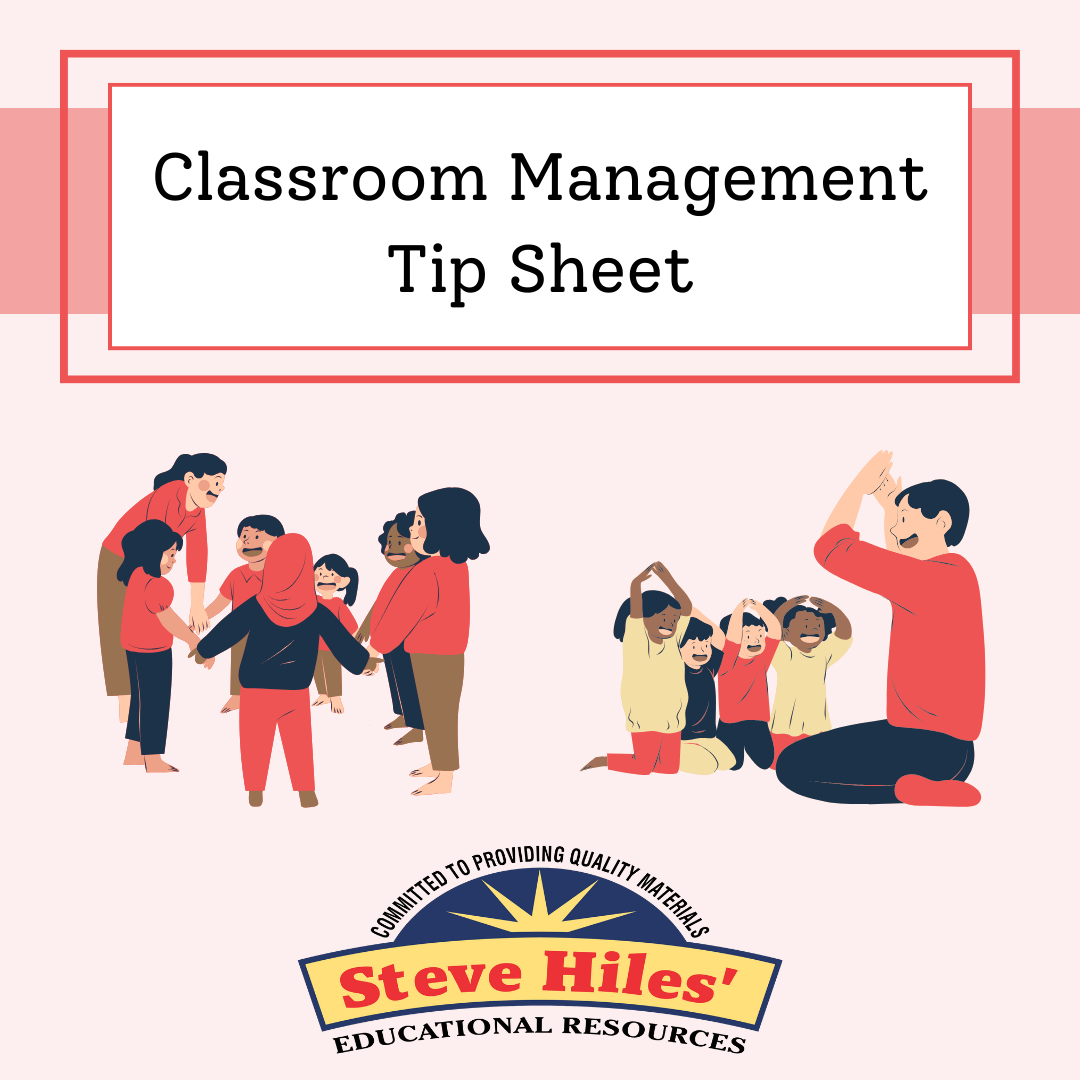By incorporating choice into these five strategies, we enhance students’ reading experiences. Also, empower them to take charge of their own reading journey, making it more enjoyable and meaningful.
Table of Contents
TogglePromote Daily Reading with Personal Choice
Teachers should encourage students to engage in reading while also allowing them the freedom to choose their reading materials. Empowering students to select what they want to read helps them stay engaged and motivated. Whether it’s a novel, a mystery, or a nonfiction book on a topic they’re passionate about, the ability to choose their reading materials is crucial.
Foster a Love for Reading
To cultivate a love for reading, teachers can share their enthusiasm for books and encourage students to explore their own interests in reading. Creating a classroom library with books from genres and subjects gives students the opportunity to find books that capture their curiosity. Allowing them autonomy in selecting what they read helps foster connections with books and nurtures a passion for reading.
Provide Access to Diverse Books
It’s important for teachers to ensure that their classroom libraries offer a range of book selections that encompass different cultures, perspectives, and life experiences. Encouraging students to explore and choose books that reflect both their backgrounds and those different from theirs promotes inclusivity and expands horizons.
This option gives students the chance to broaden their knowledge and cultivate empathy and understanding through literature.
Set Reading Goals
By telling students which books or genres to read, teachers can involve them in setting their own reading goals. For example, students can aim to read a number of books within a period or explore different genres like historical fiction, fantasy, or biographies. By personalizing these goals, students feel a sense of ownership and autonomy in their reading journey.
Encourage Reading Aloud
Reading aloud continues to be an activity. Teachers can allow students to choose passages or excerpts from books they enjoy and share them with the class. This allows students to express their reading preferences and showcase their stories. Additionally, teachers can promote small group readings where students collectively decide what to read, fostering peer interaction and choices within a reading environment.









